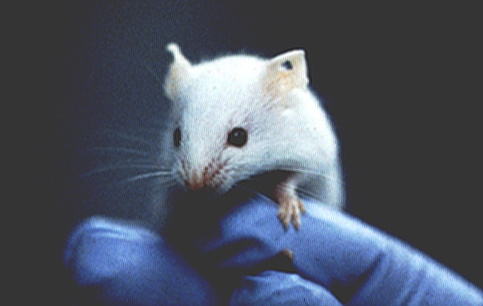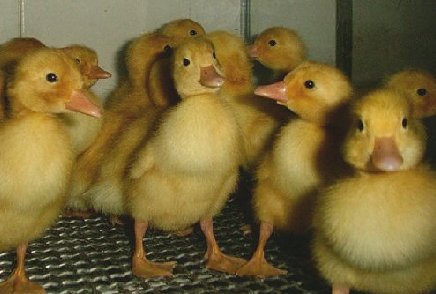Due to the induction of strong CTL,
DNA vaccines may be effective for the treatment of chronic carriers of
HBV. J. Encke et al. (1999) found a very strong therapeutic
potential of genetic immunizations using a transgenic mouse model with
chronic HBV infection expressing HBV envelope proteins in the liver. After
a singe injection of plasmids encoding HBsAg, anti-HBs antibodies were
produced that completely cleared circulating HBsAg. This total disappearance
of antigens lasted for 20 weeks and was due to neutralizing antibodies
and the complete loss of HBV mRNA in the liver. This loss of HBV
mRNA in the liver was likely caused by HBSAg-specific T cells mediated
through cytokine-mediated mechanisms. Immune responses were also observed
in Peeking duck and chimpanzee models (Encke, J. et
al., 1999).

M-L Michel et al. found that
the endogenous synthesis of antigen, process into relevant epitopes and
the subsequent induction of CD8+ CTLs caused by DNA vaccines may make them
useful for the treatment of chronic HBV patients. This team also
used transgenic mice that continually expressed the HBsAg antigen in the
liver as a model to study the possibility of inducing immune response in
chronically infected individuals. By using plasmid DNA that encoded both
small and middle HBV envelope proteins, anti-HBs antibodies where produced
which were responsible for the clearance of circulating HBsAg. Identical
to the findings of J. Encke et al. (1999), M-L Michel et al. also found
that the elimination of HBsAg was also due to the disappearance of HBV
mRNA from the liver. Also confirming that it was CD4+ and CD8+ T
cells that were controlling the transgene expression, even in the
absence of antibody production. It was also found that the regulation of
the HBV envelope mRNA was mediated by type 1 cytokines produced by three
activated T lymphocytes. In addition no liver damage was found after induction
or transfer of HBsAg-specific CTL into the mice which suggests the the
T lymphocytes induced in vivi in the mice after the DNA based immunization
were able to cure haptocytes of HBV without killing them. Their results
were further confirmed using a model for duck HBV (DHBV). This points to
the possibility of designing a more effective way to treat HBV using DNA
based vaccination (Michel et al., 2001).

A. Thermet et al. evaluated the long-term therapeutic efficiency of DNA vaccine in a group of six chronic DHBV carrying ducks. They were immunized four times with plasmid encoding the large envelope protein instead of the small and medium proteins targeted in the previous two experiments. Twelve ducks were also used as controls. The results showed the DNA immunization against the large envelope protein was able to significantly decrease and even completely eliminate viral replication in chronically DHBV-infected ducks. It was also noted that in two animals which had shown particularly low pre-treatment viremia levels the virus was completely eliminated; this suggests the potential positive effects of combination antiviral drugs with DNA immunization to for chronic hepatitis B therapy. To further investigate the possibility of such combination therapy, chronically infected ducks were injected with DHBV envelope protein encoding plasmids with lamivudine, an known effective HBV revers transcriptase inhibitor. The a viremia analysis showed a marketed drop in DHBV concentrations in the lamivudine- treated ducks compared with the untreated group. The benefit of combination therapy was more pronounced in the group that received DNA immunization to envelope protein since 38% cleared intrahaptic DNA. This shows a interesting and novel approach for immunotherapy of chronic hepatitis B infection (Thermet et al., 2003).